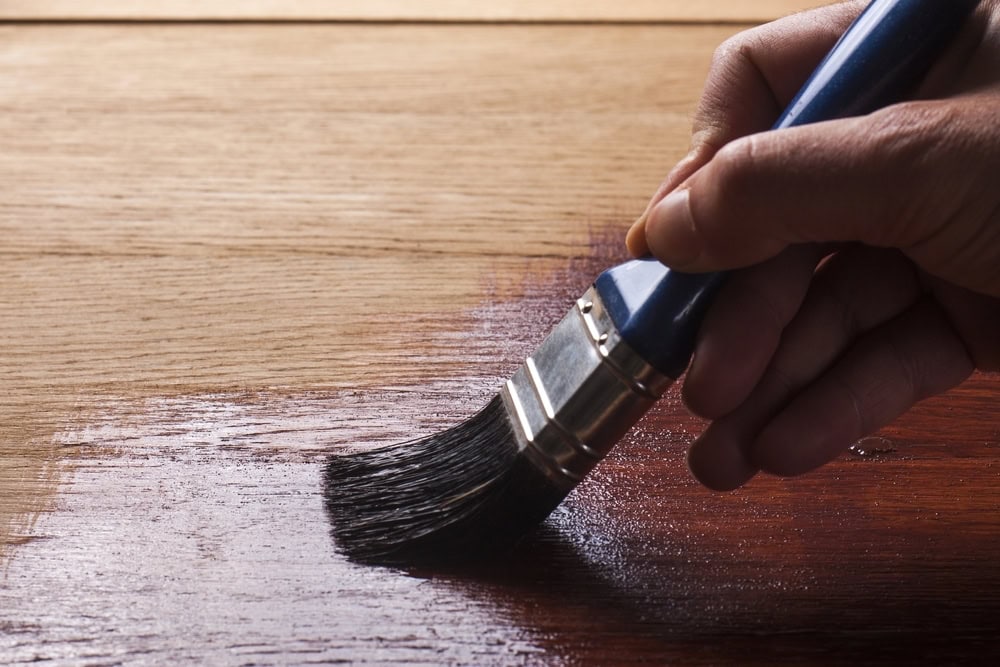Professional wood finishing that actually lasts against UV, snow, and temperature swings.
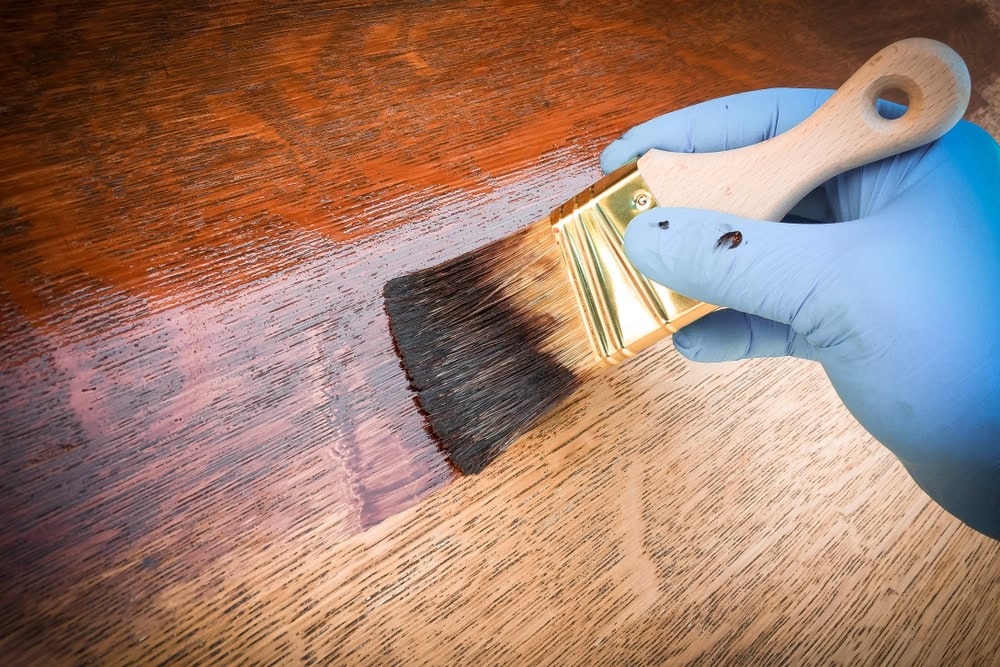
Hear from Our Customers
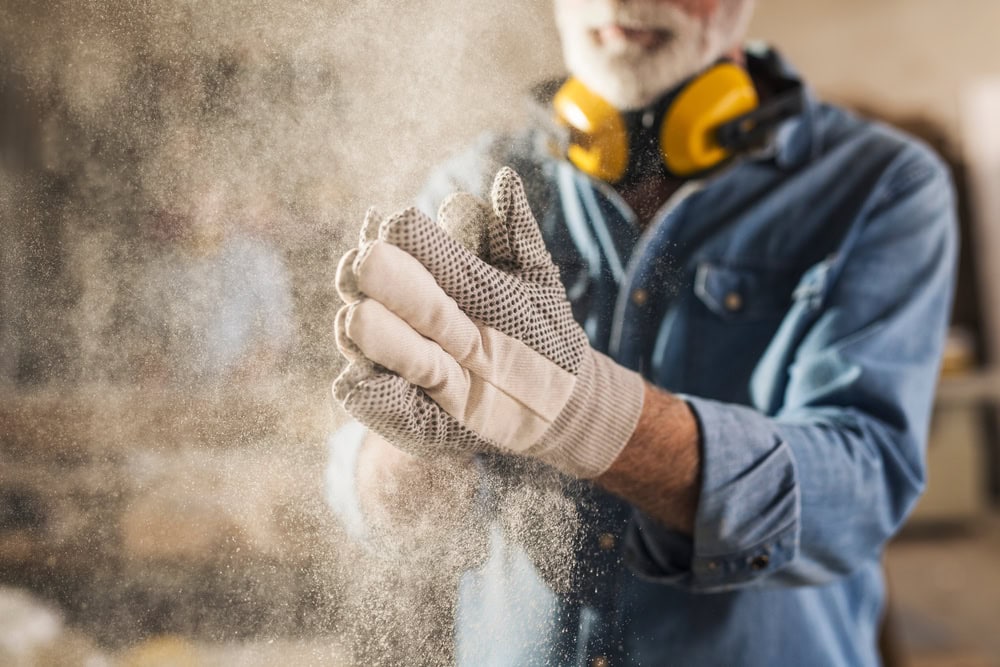
Colorado’s climate is brutal on wood surfaces. The intense UV at our altitude fades and cracks unprotected wood faster than almost anywhere else. Temperature swings from freezing to 80+ degrees stress wood fibers and cause protective finishes to fail.
When your wood finishes are done right, you stop worrying about replacement costs. Your deck stops looking gray and weathered. Your fence regains its rich color instead of looking like driftwood.
The difference shows immediately and lasts for years. You get wood surfaces that enhance your property value instead of detracting from it. No more embarrassment when neighbors or guests see your outdoor spaces.
We understand what Colorado weather does to wood. We’ve seen every type of wood failure our climate produces – from UV bleaching to moisture damage to thermal cracking.
We use professional-grade stains and sealers specifically chosen for high-altitude conditions. Not the products you’ll find at big box stores, but commercial-grade materials that actually hold up to our weather extremes.
Our experience comes from years of fixing wood finishing disasters and learning what works long-term in Waltonia’s specific climate conditions.
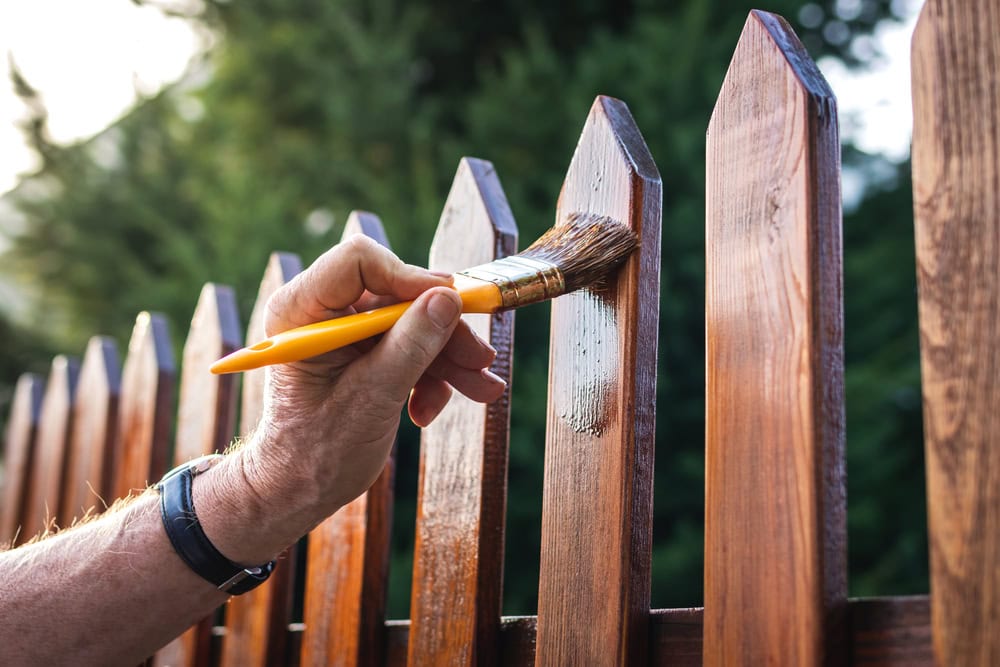
First, we assess your wood’s current condition and identify any damage that needs repair before finishing. Surface preparation is critical – we clean, sand, and prep the wood properly so the new finish actually bonds.
Next comes product selection based on your wood type, exposure level, and desired appearance. Cedar fencing needs different treatment than pine decking. South-facing surfaces require more UV protection than shaded areas.
Application happens during optimal weather conditions using professional equipment for even coverage. We apply multiple coats when needed and ensure proper cure time between applications. You get a finish that penetrates properly and provides real protection, not just surface color.
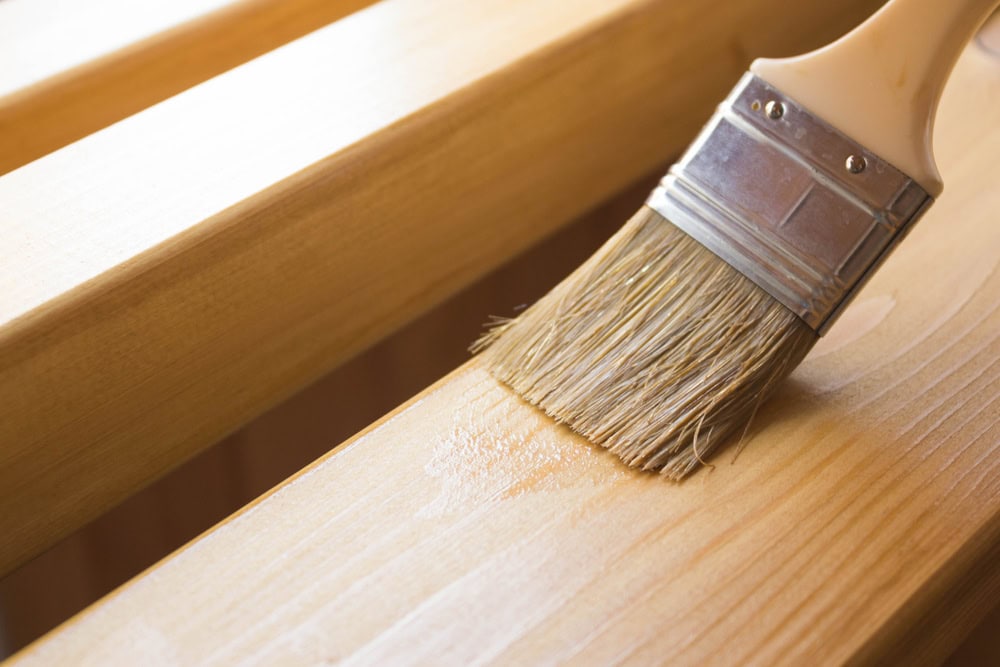
Ready to get started?
Our wood finishing services cover everything from deck restoration to cabinet refinishing. We handle staining, sealing, and complete wood surface treatment for both interior and exterior applications.
Deck staining is our most common service because Colorado homeowners see how quickly untreated decks deteriorate. We also restore fences, outdoor furniture, trim work, and siding. Interior work includes cabinet refinishing and wood trim restoration.
Each project gets the right products for the specific wood type and exposure conditions. We match existing colors when needed or help you choose new stain colors that complement your home’s style while providing maximum protection.
